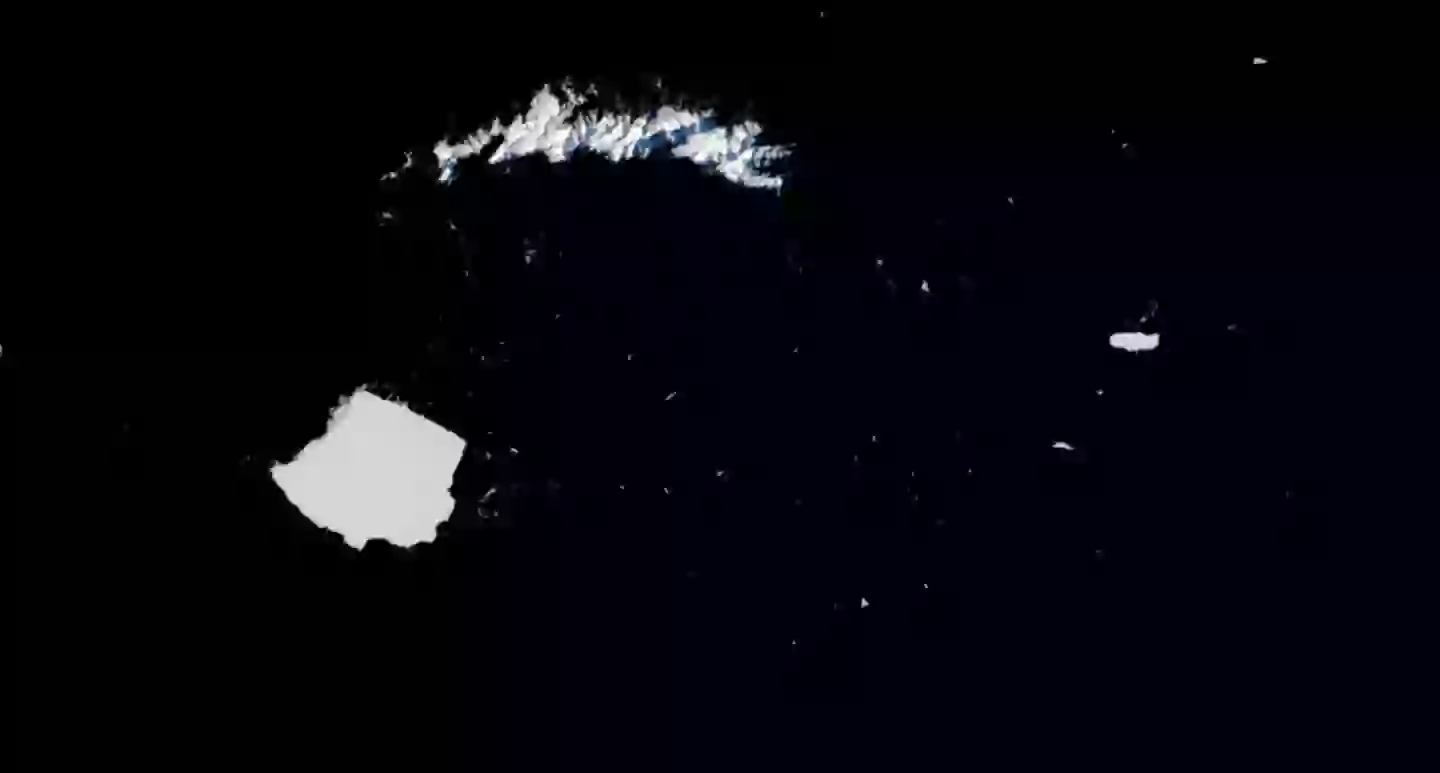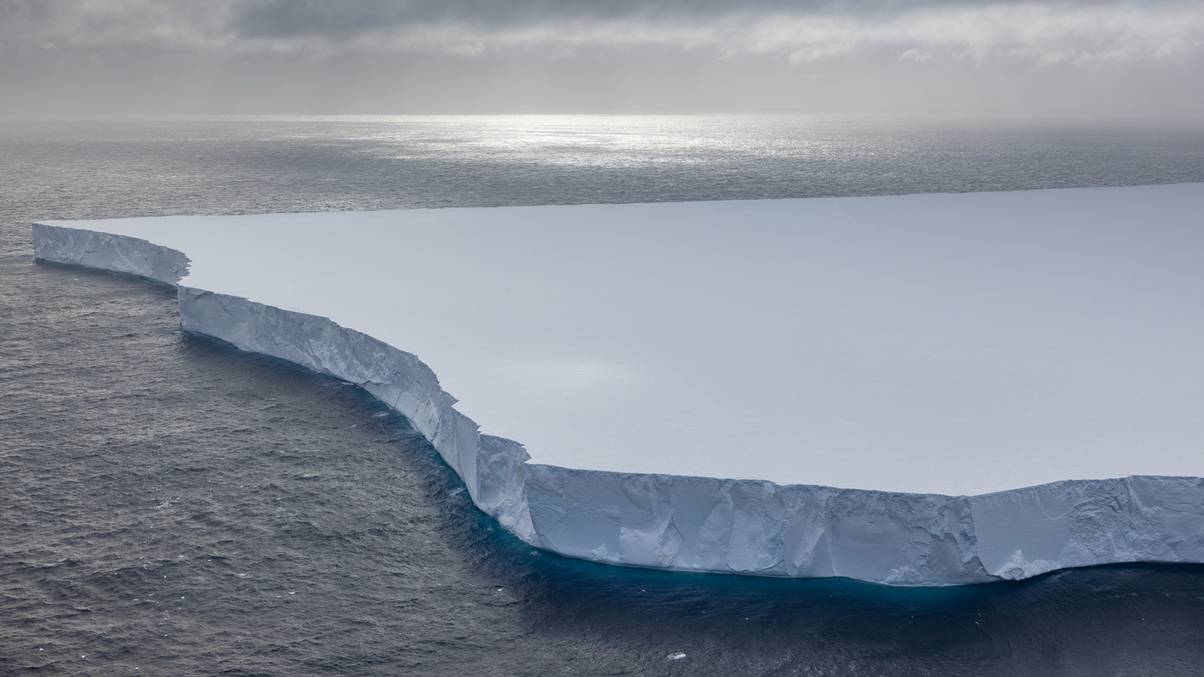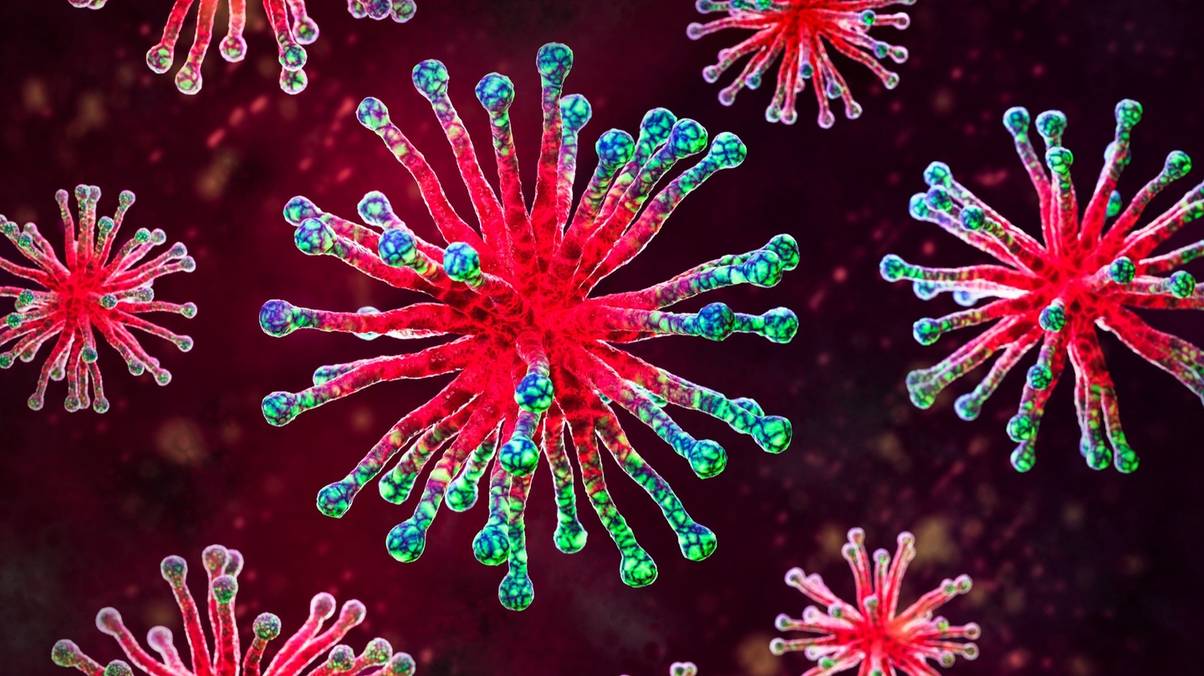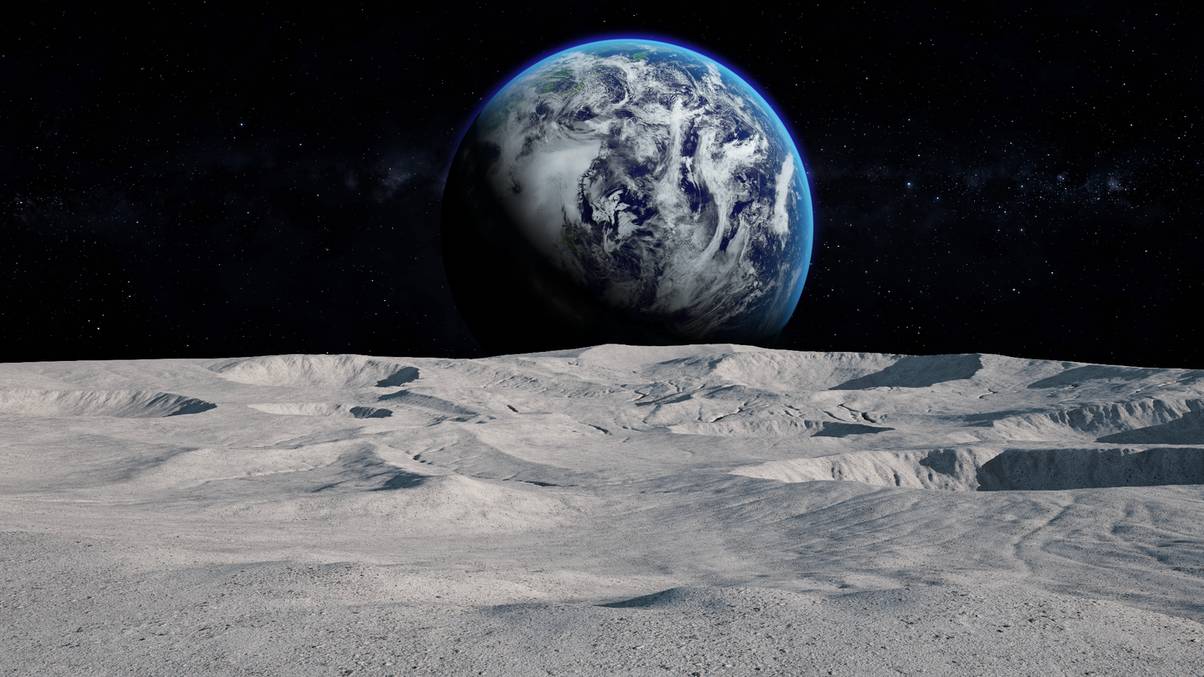NASA Unveils Stunning Image of a Colossal Trillion-Tonne Iceberg—What Secrets Could It Hold?
With the planet’s thermostat stubbornly creeping upward, it seems Antarctica’s icy giants just can’t keep it together anymore—literally. Enter the colossal A23A “mega iceberg,” a trillion-ton behemoth that was once destined to mess with a tiny speck of an island in the South Atlantic, like some clumsy cosmic bowling ball. But guess what? The show’s changing: NASA’s latest snapshots reveal this glacial leviathan is breaking apart, shedding a hulking 20km-long chunk named A23C like an overstuffed sweater finally snapping at the seams. It’s hard not to wonder—are these melting titans nature’s drama queens, or just slow-motion agents of change rewriting the rules of the Antarctic neighborhood? Either way, the saga of A23A raises big questions about what’s next when the ice can’t hold its own anymore… LEARN MORE
With global temperatures on the rise, it’s becoming increasingly common to hear about large icebergs breaking away from the Antarctica.
One of the most noteworthy of these icebergs, is the A23A ‘mega iceberg’ which weighs an astounding one trillion tonnes, which was expected to be on a collision course with a tiny island in the South Atlantic Ocean earlier this year.
Now it would seem that the mega iceberg is starting to fall apart. NASA has captured a whopping chunk of the iceberg breaking away and shedding a piece now known as A23C.
A23C is almost 20km in length and 8km in width, and broke away from A23A between 11 and 12 April.
How did iceberg A23A form?
Iceberg A23A was formed back in 1986 in a process known as carving, where a large section of ice broke away from the Filchner Ice Shelf, thus creating this huge iceberg.
After breaking away from the Filchner Ice Shelf, A23A remained grounded in the Weddell Sea for just over 30 years due to the shallow water in the area.

A23A broke away back in 1986 (UK MOD Crown Copyright via Getty Images)
However, in 2020 the mega iceberg managed to break free from the seabed and started to drift northward until it moved into the Southern Ocean.
Has there been any worry that iceberg A23A could cause harm?
When the giant iceberg initially broke away there were initial concerns that A23A could cause harm to the wildlife on South Georgia island, which is inhabited by penguins and seals.
The primary concern was that the giant iceberg might block access to their feeding grounds, impacting their life on the island.
However, since the iceberg became grounded again in March this year, around 73km away from the island, this alleviated fears, but scientists are not sure how long it will stay put for.
Experts have continued to monitor the icebergs impact on the ecosystem as well as its potential benefits as it releases nutrients into the ocean as it melts.
As A23A starts to disintegrate, many of the much smaller icebergs breaking off ‘measure at least a kilometer across and would pose a risk to ships’, a NASA spokesperson told Live Science.
What is happening to iceberg A23A?
New satellite photos from NASA have shown that the iceberg has started to disintegrate in the warmer waters near South Georgia Island.
As the iceberg starts to break apart, smaller icebergs, such as the recently broken off A23C, are likely to drift off into the ocean.

NASA captured images of the 20km iceberg drifting away (NASA)
As these smaller icebergs float in the warmer water, it’s expected that they will melt away, until eventually there’s nothing left of A23A.
While initially experts were concerned about the impacts of iceberg A23A, they’re now watching with great interest to see what beneficially impacts it might have on the local ecosystem.
Experts think it may take months if not years for A23A to fully break apart, although it has already shrunk by around 200 square miles.



















